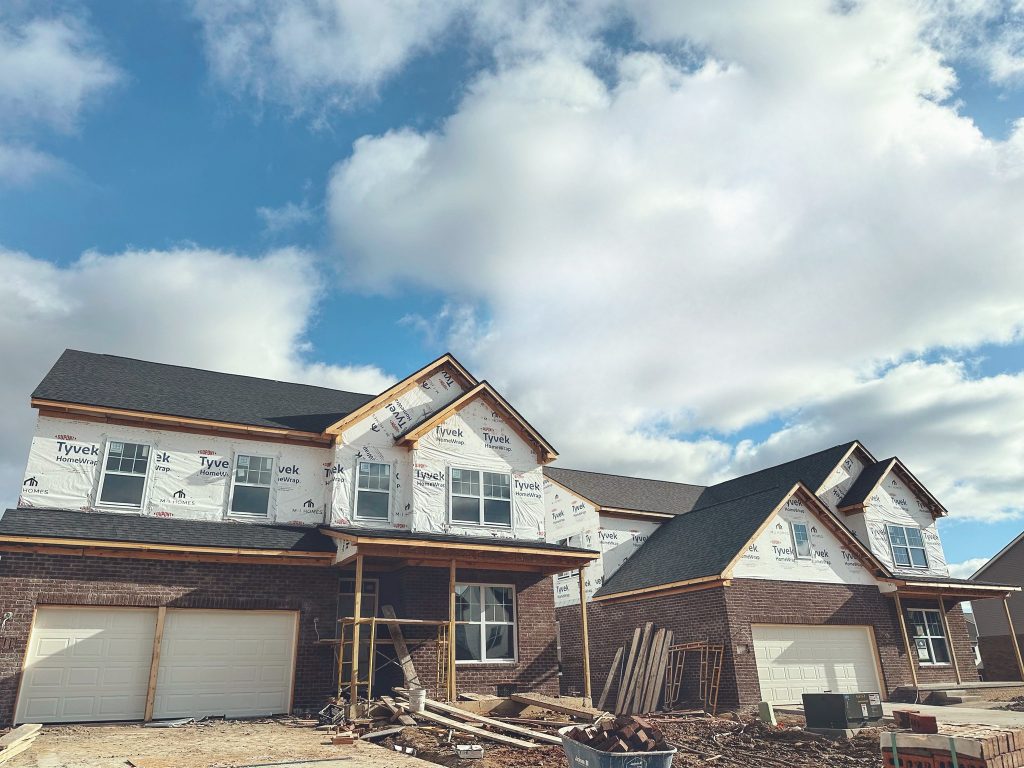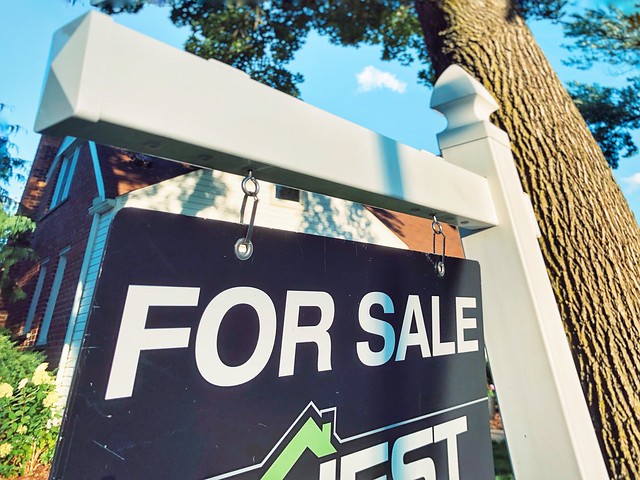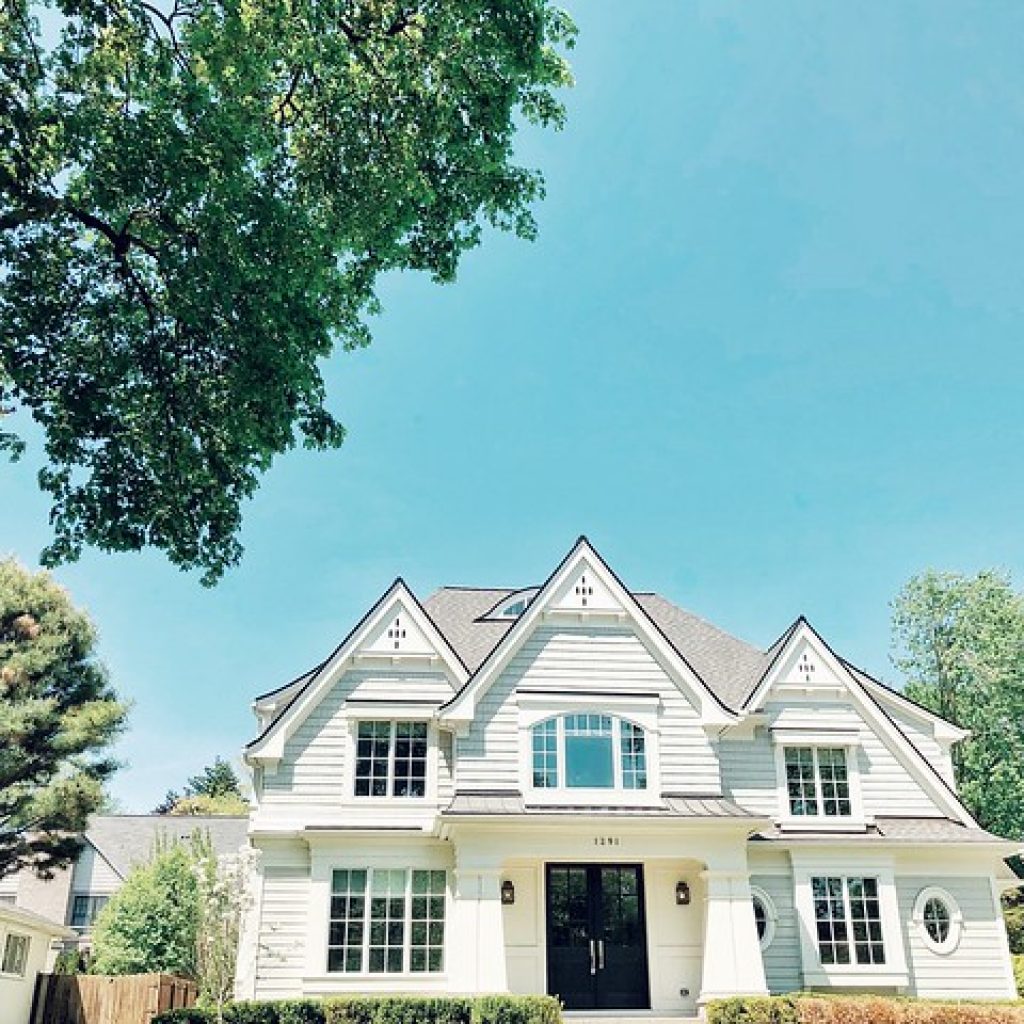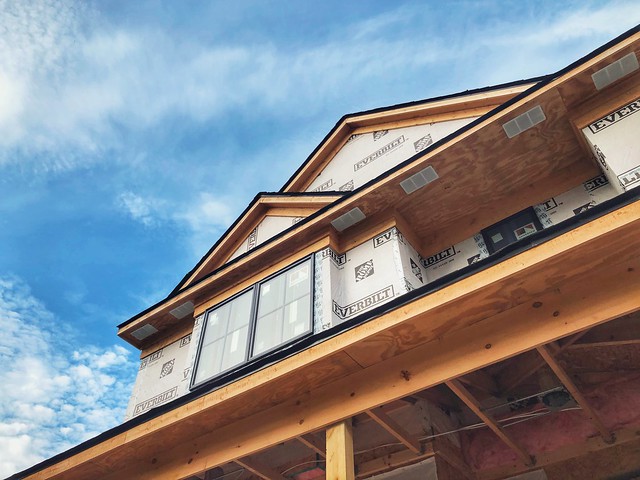According to the Mortgage Bankers Association’s Weekly Applications Survey, average mortgage rates fell last week from one week earlier. It was the fourth decline in five weeks. Rates fell across most loan categories, including 30-year fixed-rate loans with conforming balances, loans backed by the Federal Housing Administration, 5/1 ARMs and 15-year fixed-rate loans. Joel Kan, MBA’s vice president and deputy chief economist, says rates are now at a 10-week low. “Mortgage rates decreased for the fourth time in five weeks, with the 30-year fixed-rate dipping to … the lowest level in 10 weeks,” Kan said. “Rates have declined more than 50 basis points over the past six weeks, which has helped spur a small increase in purchase applications, but activity last week was still around 20 percent lower than a year ago.” Last week, demand for loans to buy homes was up 5 percent week-over-week. The MBA’s weekly survey has been conducted since 1990 and covers 75 percent of all retail residential mortgage applications. (source)













